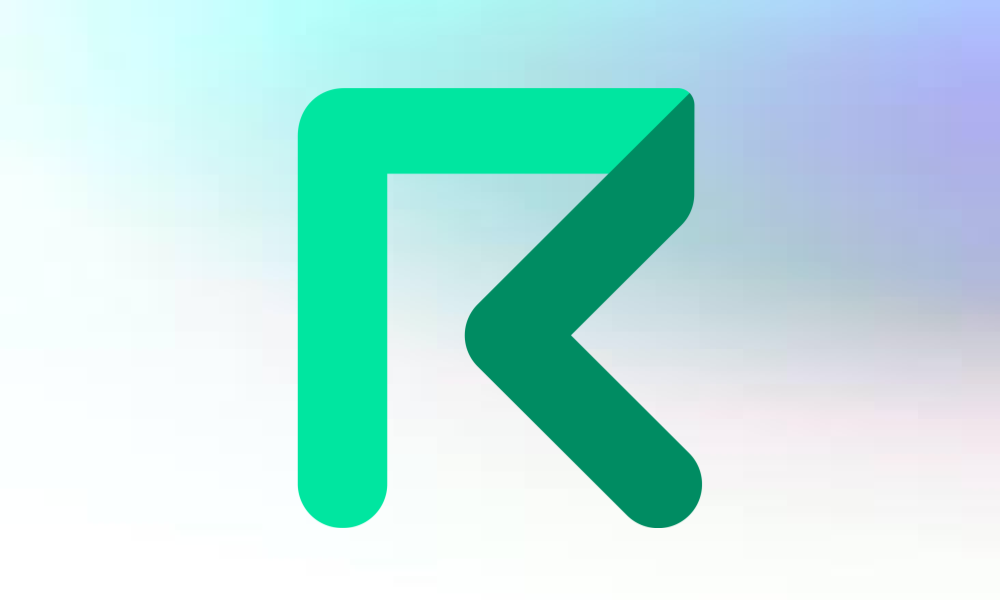The method of payment for conducting business is changing all over the world. Increasingly merchants have started to accept crypto payments enabled by big payment players like Mastercard. In addition to the institutional momentum, the crypto industry has been cooking up hundreds of decentralised finance platforms like Tezos (XTZ), Aave (AAVE), Avalanche (AVAX), Uniswap (UNI), Theta Network (THETA) etc. These platforms have increased the usage of cryptos for financial services, insurance etc. However despite such rapid growth in the acceptance and usage of cryptos, traditional invoicing systems for payments remain highly inefficient. This is why businesses need some interoperable mode of payment that brings all the transactions in one place. Request Network (REQ) aims to precisely provide this solution! So let’s understand what it is and how it plans to do so!
Read About: Mastercard’s move to remove barriers to crypto payments here.
Wait, What’s the issue again?
Traditional invoice system used by businesses all around the world requires them to save invoices with both parties. These two parties may be in different parts of the country, or in different countries altogether. The invoice information is complex, interoperability between systems remains low and manual bookkeeping results in error. This is why the entire process remains highly inefficient and calls for a change! Request network provides an alternative to this issue!
What does the Request network do differently?
The Request Network puts all the payment requests in one place. This allows the companies offering services like accounting, invoicing, payment processing, and auditing to have a single access point. This essentially eliminates any inefficiencies with regards to the double bookkeeping invoice systems. Access to information on the platform is granted in accordance to the permissions given to users on the platform.
So, What is Request Network?
The Request Network is a decentralised protocol that facilitates the creation, sharing or fulfillment of payment requests. Businesses and individuals can make a payment request on the platform and get paid or make payments. These requests are processed without an intermediary. Payment requests and payments are made in cryptos such as Ethereum, ERC20s, Polygon, Celo, Fantom, and Near.
Moreover, any transaction that takes place on the platform remains immutable, enables in preventing any fraud or tampering of the data. Not just that, it stores data in a decentralised manner ensuring that no one owns the network. In order to prevent malicious use, the platform also charges a miner fee when a new payment request is created. The fee thus collected is stored on an Ethereum smart contract and burned periodically in order to reduce the amount of REQ tokens that exist.
How does Request Network work?
The Request Network stores all the information on a decentralised authentic ledger (shows the truth value for all transactions). Any user of the platform can write on the Request Ledger in order to create a payment request. Once the request is created, it gets detected by the recipient via the network. Soon after, the request is paid instantaneously after going over regulations and taxes. The invoice created on the decentralised authentic ledger can be subsequently visited to verify, authenticate or prove payments.
The Request Network aims to keep the process simple, private, scalable and secure. Users can use request gateways without caring about contracts, libraries or Ethereum gas fees. The bulk of data on the Request Network is stored on the InterPlanetary File System (IPFS) which is enabled by Filecoin (FIL). Read more to find out how here. This allows the network to have huge throughput and low cost. Moreover, the data stored is secured using an elliptic-curve encryption and is only accessible to concerned parties.
In addition to this, the request network uses a layered architecture where each layer performs a specific task. As such, these layers can be changed or upgraded without affecting the rest of the network. There are four layers of abstraction:
- Request logic layer: defines the data structures of the payment request.
- Transaction layer: responsible for transactions which are sent to the data access layer and it handles the encryption.
- Data Access layer: manages the format of data before storage
- Storage layer: responsible for data storage and retrieval.
REQ token: a snapshot
The REQ token is the native token of the Request Network. The token is responsible for ensuring authenticity of transactions on the network. The token allows the network to work outside of the blockchain on multiple blockchains making the network more independent in terms of the currency and the infrastructure. Users can also stake REQ token by operating a node. The REQ token protects users from being spammed as it is used as a transaction fee on every request. The fee collected is later burned in order to keep REQ tokens low as well as fight inflation. It is also used for governance purposes via on-chain voting.
Knowing what you know now about the REQ token, We are sure you are wondering, “how to buy request network token?”. Now, you can buy the REQ token with Zebpay.
Conclusion
The Request Network is a protocol that allows users to make payment requests and get paid in order to remove the redundancy with traditional invoicing systems. The platform stores the payment data in a decentralised manner which can be referred to by third parties if they have the permission to do so. The native token of the platform is the REQ token and it is levied as transaction fees in order to prevent fraud. It is the backbone of the Request Network. You can now buy the REQ token on Zebpay crypto exchange platform which enables a seamless trading experience!

